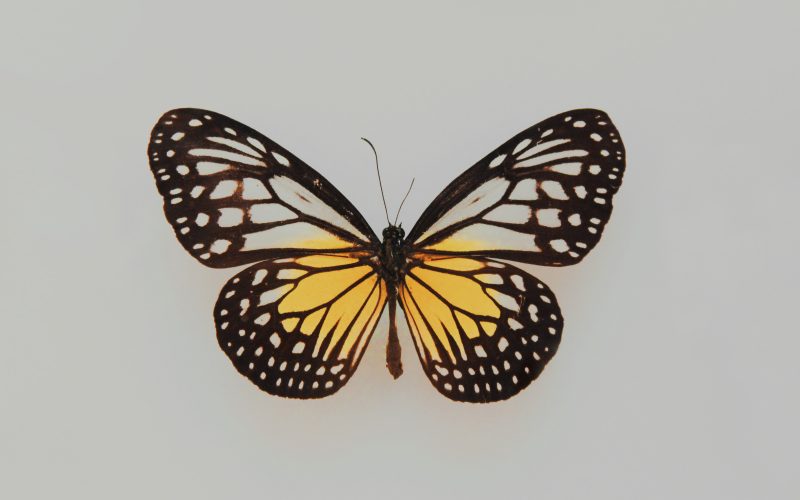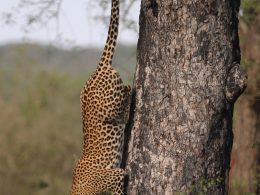I am happy to help you write an article about the magical transformation of butterflies. The transformation that a caterpillar undergoes to become a winged beauty is truly remarkable and captivating. Here is a 600-word article on the subject:
The Magical Transformation of Butterflies: A Journey from Caterpillar to Winged Beauty
Butterflies are one of the most fascinating insects in the world, with their delicate wings and bright colors. But did you know that these winged beauties were once crawling caterpillars? The transformation that a caterpillar undergoes to become a butterfly is nothing short of magical. Let’s take a journey into the world of butterflies and explore their amazing transformation.
The life cycle of a butterfly begins when a female butterfly lays her eggs on a plant. The eggs hatch into tiny caterpillars that start feeding on the leaves of the plant. The caterpillar grows rapidly, shedding its skin several times, and eventually reaches its full size.
Once the caterpillar has grown, it forms a hard outer shell around its body, called a chrysalis or pupa. The chrysalis is where the real magic happens. Inside the chrysalis, the caterpillar’s body undergoes a complete transformation. The caterpillar’s organs and tissues break down into a soupy substance, and new organs and tissues form to create the butterfly’s body.
After a few days or weeks, depending on the species, the butterfly emerges from the chrysalis, fully formed and ready to fly. The butterfly pumps blood into its wings to expand them, and then it rests while its wings dry and harden. Once its wings are dry, the butterfly takes its first flight, leaving its old life as a caterpillar behind.
The transformation from caterpillar to butterfly is a remarkable process that scientists are still studying today. One of the most fascinating aspects of this process is how the caterpillar’s body completely reorganizes itself to create the butterfly’s body. For example, a caterpillar has simple eyes, but a butterfly has complex, compound eyes that allow it to see a wide range of colors and patterns.
Another interesting fact is that the butterfly’s wings are actually made up of thousands of tiny scales. These scales are responsible for the butterfly’s bright colors and intricate patterns. Without these scales, a butterfly’s wings would be transparent and colorless.
Butterflies are not only fascinating creatures, but they also play an important role in our ecosystem. They are pollinators, helping to pollinate plants and crops that we rely on for food. They are also an important food source for other animals, such as birds and reptiles.
Unfortunately, butterflies are facing many threats today, including habitat loss, climate change, and pesticide use. Many butterfly species are endangered, and their populations are declining rapidly. As humans, we have a responsibility to protect these beautiful creatures and their habitats.
In conclusion, the magical transformation of a caterpillar into a butterfly is a remarkable journey that is still being studied by scientists today. From the tiny egg to the crawling caterpillar to the beautiful butterfly, the life cycle of a butterfly is a true wonder of nature. As we continue to learn more about these fascinating creatures, let us also work to protect them and their habitats for future generations to enjoy.












